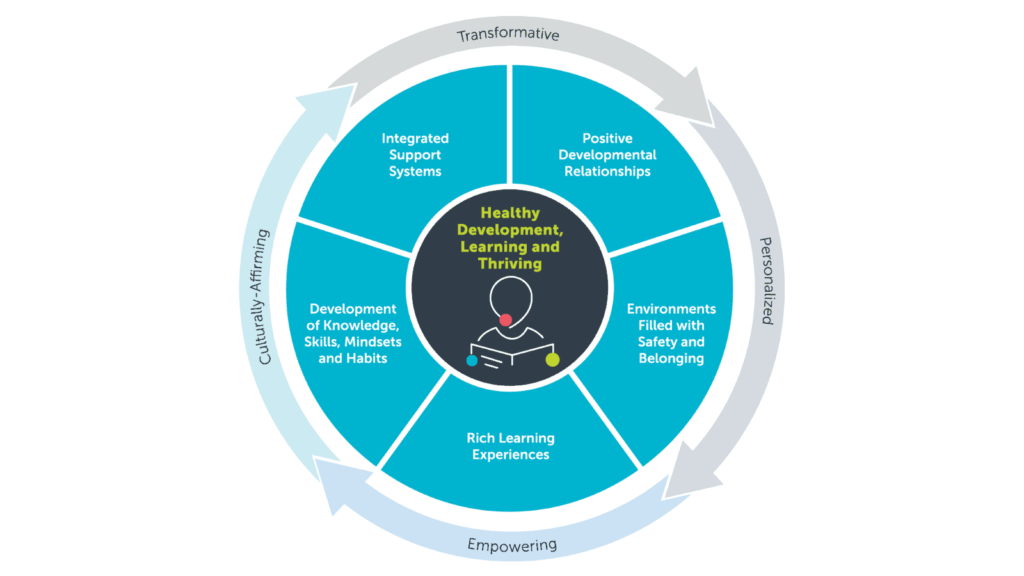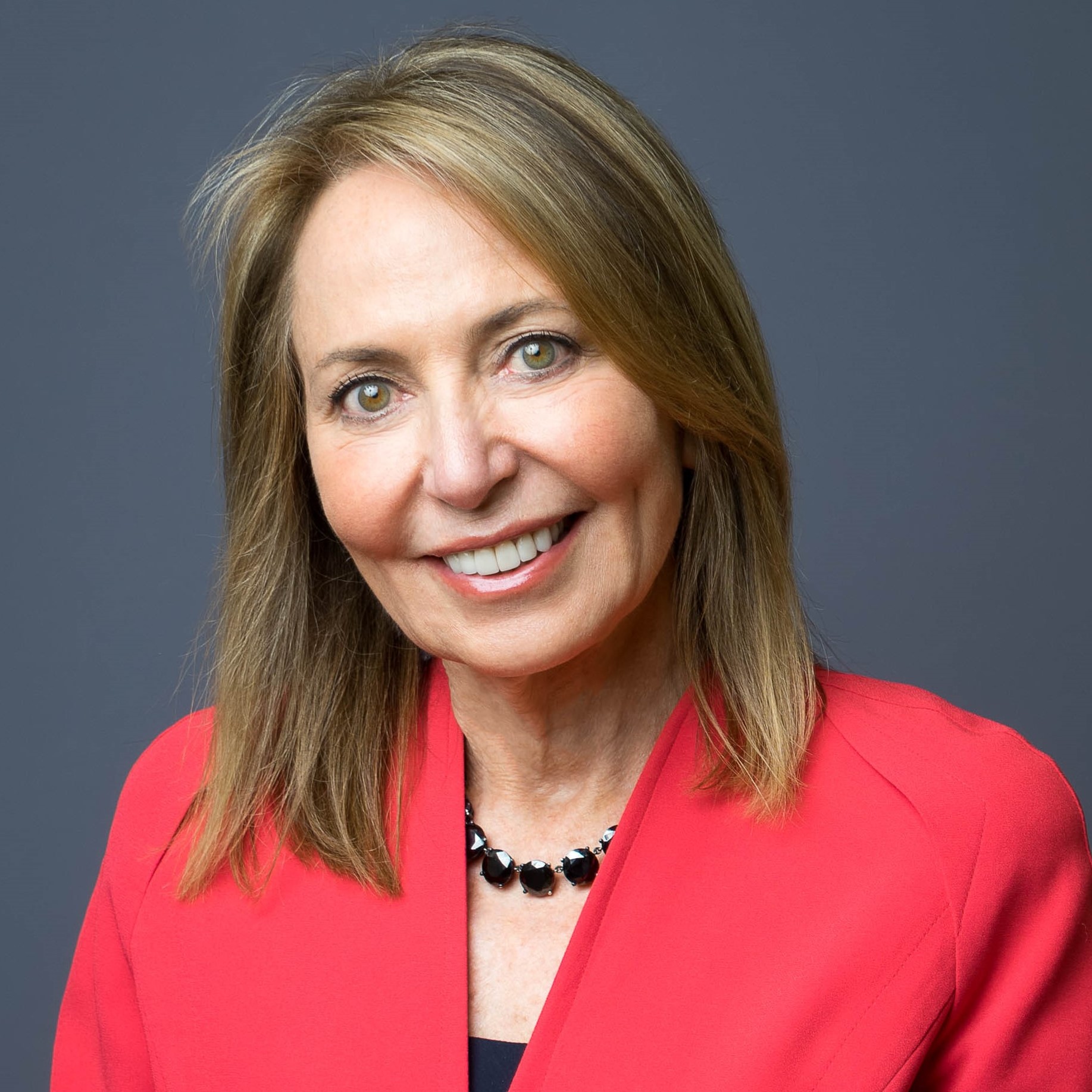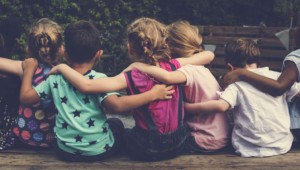A New Vision for a New Administration: Whole-Child Development, Learning and Thriving

“But what if, all along, these well-meaning efforts at closing the achievement gap have been opening the door to racist ideas? What if different environments lead to different kinds of achievement rather than different levels of achievement? What if the intellect of a low-testing black child in a poor black school is different from – and not inferior to – the intellect of a high-testing white child in a rich white school? What if we measured intelligence by how knowledgeable individuals are about their own environments? What if we measured intellect by an individual’s desire to know? What if we realized the best way to ensure an effective educational system is not by standardizing our curricula and tests but by standardizing the opportunities available to all students?”
–Ibram X. Kendi, How to Be an Anti-Racist
A New Purpose for Education
Imagine a world where every child’s life is a succession of opportunities – opportunities where children come to know who they are and discover who they could become. Imagine learning settings of all kinds where those kinds of opportunities are not only possible, they are intentionally built and optimized, regardless of where a child lives or begins school. Imagine too that educators could identify each child’s abilities, interests, and aspirations and align them with the contexts that promote them. Finally, imagine a world that removes the constraints of racism, poverty, disparities, and injustices and provides each child with the specific relationships and supports to thrive.
COVID-19, the related service economy recession, and ongoing racialized violence have laid bare the inequities of experience and opportunity for many young people in our country. It may be hard to find silver linings through so much suffering. But as recovery and reopening take shape, there will be a chance to design something different and better for children.
Guiding Principles for Equitable Whole-Child Design
Here is the opportunity we have today: developmental and learning science tell an optimistic story about what all young people are capable of. Children’s brains and bodies are malleable. The contexts and relationships they are exposed to are the primary driver of who they become, including the expression of their genes. Today, we can use the principles of Whole Child Design to build environments in all of our classrooms, schools and other settings for learning that enable children to cope with stress, build resilience, and develop the 21st century skills and mastery level competencies they need to live lives of fulfillment and choice.
There is burgeoning scientific knowledge about the biologic systems that govern human life, including the systems of the human brain (Cantor et al., 2019; Cantor & Osher, in preparation; Darling-Hammond et al., 2020; Osher, Cantor, et al., 2020). Today, researchers can study the brain’s structure, wiring, metabolism, and connections to other systems of the body and to the external world. And they are documenting the deep extent to which brain growth and life experiences are interdependent (Immordino-Yang et al 2019). Researchers know much so more about the brain than they did when the 20th century U.S. educational system was designed. Now is the time to use this knowledge to design “a system in which all individuals are able to take advantage of high-quality opportunities for transformative learning and development” (Osher, et al., 2020b, p. 3).
When thinking about how to apply new science to reshape the 20th century education system, it is helpful to consider other fields. What was done when researchers learned that germs – not miasma – cause disease? When scientists learned that cancers can be transmitted, not like infections, but instead through gene mutations? Although health disparities continue to exist, and contribute to racial and socioeconomic inequalities, there have been dramatic changes in medicine in the last 50 years based on new knowledge – cures for diseases, changes in how scientists conduct research and physicians practice medicine, in part because of willingness to challenge assumptions and build new knowledge. Unfortunately, education has not experienced the same willingness to challenge assumptions.
A Dynamic Systems Approach to Human Development
Think about the human embryo. An embryo is an extraordinary feat of human development. It is a structure comprised of multiple substructures, with every future system that a human being will have or need represented. The embryo also contains the potential to interact with and influence all the other systems and structures involved in human life.The embryo is, therefore, a pluri-potential structure – meaning its potential development is not fixed – and it is a powerful example of the dynamic systems theories of human development. In fact, the embryo can be both the metaphor and lens through which we represent the structural sequences and processes that produce a whole human being who becomes an engaged, productive learner. At every moment throughout the human lifespan, environments, experiences and relationships are activating the processes that bring each human being to life.
Medicine has already had to embrace this dynamic, whole-person approach. Physicians know that they cannot treat kidney or heart disease, or cancer as if a malady were an isolated problem that can be addressed without understanding the conditions of the organs, the patient’s family history, gender, their culture, race, ethnicity, socioeconomic status and life situations, and proclivity to follow physician advice. Holistic medicine is not an optional approach to human health; rather, it is a requirement of modern medical practice (Halfon & Forrest, 2018). The system of relationships among cells, tissues, and organs, and their relations with the world surrounding the person – in other words, their context – must be understood because mutually influential relations (that is, dynamic relationships) exist among all parts of the system (Halfon, Forrest, Lerner, & Faustman, 2018; Slavich & Cole, 2013). From the genetic to the social and cultural, human development across the life span involves a dynamic, fully integrated system (Jablonka & Lamb, 2005; Slavich & Cole, 2013). In fact, this is the story of evolution itself – an expansive and expanded story of inheritance that exists across generations. It operates beyond the level of the gene, and takes in the forces that drive gene expression, including the context, especially the cultural context, of each human life.
Scholars working in the fields of developmental and learning science and educational research and practice are now beginning to better understand the necessity of a holistic approach to learning, thriving, and development (Cantor, et al., 2019; Osher, et al., 2020a). Focusing alone on the cognitive facets of achievements in language, mathematics, or science is insufficient because context – environments, experiences and relationships – provides the energy that drives the brain’s electrical circuitry and develops the neural pathways that build increasingly complex skills (Fischer & Bidell 2006; Mascolo & Fischer, 2015). Relationships are the precursors for learner engagement, competency development, and mastery of domain-specific knowledge, motivation, higher-order problem-solving skills, and ultimately, academic growth (Baltes, Lindenberger, & Staudinger, 2006).
Adverse experiences occur both inside and out of school. Such experiences will influence a young person’s thoughts, feelings, behaviors, and attainments in any learning setting. Disparities in opportunities and marginalization based on race, ethnicity, gender, religion, community, access, etc. can enhance or obviate chances for thriving (Sampson, 2016), both in school and in environments outside of school. In turn, belief in one’s ability to grow, learn, and succeed through education – both in and out of the classroom – may be more important than any specific curriculum for predicting and nurturing educational outcomes and life successes. But, unfortunately for marginalized students, this belief is shaped significantly by racial, ethnic, and gender stereotypes, and discriminatory practices, including inadequate funding to schools in low-income communities. In short, multiple factors influence a child’s growth and development, for good or for bad.
Given the reality that context – positive and negative – drives human development and, more specifically, brain development (Immordino-Yang, et al., 2019), to understand and enhance the healthy development and successful learning of each child, we believe that developmental and educational scientists and practitioners must adopt a holistic approach based in dynamic systems. This approach will allow developmental scientists and educators to specify the elements of an integrated design to support 21st century learning based on 21st century science and directed toward equity of experience and opportunity.
Why this Matters: Implications for Equity
“Not everything that is faced can be changed, but nothing can be changed until it is faced.”
–James Baldwin
What we are facing: It is not possible to talk about the development, learning, and thriving of young people without talking about opportunity, access, resources, and social capital. And it is not possible to talk about any of those things without talking about race.
Our societal structures were designed to privilege some and not others. Our education systems were designed for sorting and selecting, based on beliefs and assumptions that we now know to be false. But these false assumptions are not only drivers of the design of our public systems. Our public systems, including our education systems, were intentionally and systematically designed to promote, privilege, and advantage specific groups, predominantly white, middle to upper class males, and to oppress and marginalize other races and genders. The institutional forces that have enabled this racist system to exist can be found in every corner of our social, economic, and educational infrastructure.
“Our society,” wrote Jamelle Bouie in a June 2020 New York Times column about the Black Lives Matter movement, “was built on the racial segmentation of personhood. Some people were full humans guaranteed non-enslavement, secured from expropriation and given the protection of law, and some people – Blacks, Natives and other nonwhites – were not. That unequal distribution of personhood was an economic reality as well. It shaped your access to employment and capital; determined whether you would be doomed to the margins or given access to its elevated ranks; marked who might share in the bounty of capitalist production and who would most likely be cast out as disposable.”
If the U.S. wanted to right the wrongs of today – and 402 years of policies and practices since the first enslaved Africans arrived in modern-day Virginia – it would have to re-think systems based on the scientific principles outlined above. The principles can serve as a guide not only to what we can do to benefit all young people’s learning and development, but also what we must stop doing now because it is actively harmful to the learning and development of many young people. This includes dismantling the institutions that preserve and sustain harmful, racist practices including tracking, harsh discipline, exclusion, shaming, and many others.
The 20th century U.S. education system was not designed based on knowledge of human development and the learning sciences. It was not designed to develop the whole child. It was not designed for equity – to see students as individuals and to unleash the potential inside them. It was designed based on the belief that some children were more deserving of opportunity than others.
The Need for Transformation
Education has reached the limit of what it can achieve through standardized and outdated approaches, as has happened in other fields. These approaches work for some – mainly those born into privilege – but not for many others. When other fields, such as medicine, hit a point where fundamental assumptions and beliefs needed to be challenged, this led to breakthrough solutions that benefitted many more people.
For example, 25 years ago, cancer researchers were stuck using therapies that worked for some, but not others. When they asked themselves why, they recognized that they needed to understand more about the microenvironments around specific cancer cells so they could personalize individual treatments by building more targeted, context-sensitive therapies. This insight fueled new breakthroughs in cancer treatments, enabling doctors to successfully treat far more patients. It also led to the creation of a new field – immunotherapy – where an individual’s own immune system is recruited to fight a cancer.
In this example, a standardized approach to treatment was disrupted, and moved to a personalized approach. This pattern – disruption of standardization leading to personalization – has transformed other fields, too. Examples include travel through Airbnb, music through Spotify, and entertainment through Netflix.
This kind of transformational shift must now happen in education and youth development.
Today, education systems must be willing to embrace what we know about how children learn and develop. The core message from diverse sciences is clear: the range of students’ academic skills and knowledge – and, ultimately, students’ potential as human beings – can be significantly influenced through exposure to highly favorable conditions: learning environments and experiences that are intentionally designed to optimize student development (Bloom, 1984; Fischer & Bidell, 2006).
With what we know today, we can design environments that help protect children from developmental harm, including racist policies and behaviors, and promote their healthy development and success as learners. The non-negotiable elements of whole child design described here will simultaneously ignite brain development and learning, promote wellness, support positive identity formation, enable the acquisition of knowledge, skills and mindsets that are critical for success in learning and work, build resilience to future stresses, and provide the intellectual challenge and rigor that enable children to discover the specific personal, academic, and social achievements they desire and are capable of attaining under the right conditions. Settings designed in these ways will provide a developmental continuum of experiences, both in and out of school, and across age bands, that optimize each student’s developmental range and reveal the talent, skills, and potential that all children have.
In the design process, we can ask and answer the same question that the cancer researchers asked: what can we do that will work optimally for this specific child, in this context? This question will move scientists and educators to fundamentally different answers about the way our schools and education systems of the future must be designed: toward integrated and individualized processes and supports; using tools and platforms that enable educators to integrate academic instruction with the intentional development of the skills and mindsets that all successful learners have; and attuned to student well-being.
Breakthroughs do not occur when we seek to achieve them by doing what we have been doing, just a little better. The approaches we have been taking thus far to learning and schools have not fully challenged our assumptions about talent – is it plentiful or scarce; about human skills – are they malleable or are they fixed; or about human potential – what is any child capable of under the right conditions?
A broad base of scientific evidence supports the case for a profound shift in the assumptions and practices that dominated 20th century education. On top of that, insights from brain science align profoundly with what so many parents want for their kids, and what so many teachers have been saying for years: that we can create a system that recognizes children as whole people, values their assets and supports them to excel in myriad ways. Building highly favorable conditions into all of the environments in which children grow and learn will give many more children and youth equitable opportunities to thrive and reach their full potential.
The message in the science is so optimistic: genes are chemical followers and context shapes the expression of our genetic attributes. This is the biological truth. And schools designed, as Bloom (1984) described, using the levers of human development – so that what one child can do, nearly all children can do under highly favorable conditions – can be our new 21st century learning system: a system designed to see and unleash talent and potential and ensure that all young people can thrive. This vision constitutes a transformational shift in the purpose and potential of education, a dismantling of the systems that constrain this vision, grounded in what we know today about human development, the development of the brain, and learning science.
This post includes excerpts from Whole-Child Development, Learning and Thriving: A Dynamic Systems Approach By Pamela Cantor, Richard M. Lerner, Karen Pittman, Paul A. Chase, Nora Gomperts to be published by Cambridge University Press.
Stay in-the-know with innovations in learning by signing up for the weekly Smart Update. This post includes mentions of a Getting Smart partner. For a full list of partners, affiliate organizations and all other disclosures, please see our Partner page.






0 Comments
Leave a Comment
Your email address will not be published. All fields are required.